
Ingredient
Mung bean sprouts
The Crunchy Nutrient Powerhouse: Mung Bean Sprouts
Mung bean sprouts have a crisp texture, a mild nutty flavor, and a pale yellow color. They are commonly used in Asian cuisine, particularly in stir-fries, salads, and soups, to add a fresh and crunchy element to the dishes.
Origins and history
Mung bean sprouts have been cultivated in Asia for thousands of years and are an essential ingredient in many Asian cuisines. They are believed to have originated in India and have since spread throughout the continent, becoming a staple in dishes across different cultures.
Nutritional information
Mung bean sprouts are low in calories and fat, while being rich in vitamins, minerals, and fiber. They are a good source of vitamin C, vitamin K, and folate, and also provide essential minerals like potassium and manganese.
Allergens
There are no known allergens associated with mung bean sprouts.
How to select
When selecting mung bean sprouts, look for plump, firm sprouts with bright, white shoots. Avoid sprouts that appear wilted, slimy, or have a strong odor, as these are signs of spoilage.
Storage recommendations
To keep mung bean sprouts fresh, store them in a perforated plastic bag or a container lined with a damp paper towel in the refrigerator. They should be used within a few days to maintain their crispness and flavor.
How to produce
Mung bean sprouts can be easily grown at home by soaking mung beans in water overnight and then rinsing and draining them twice a day until sprouts appear. They can be grown in a jar or a tray with proper ventilation and regular rinsing.
Preparation tips
Mung bean sprouts can be enjoyed raw in salads, added to stir-fries for a crunchy texture, or used in soups and spring rolls. They can also be blanched briefly to retain their crunch while reducing any grassy taste.
Culinary uses
Mung bean sprouts are commonly used in Asian cuisine, such as in dishes like pad thai, bibimbap, and pho. They are also popular in salads, sandwiches, and wraps for their refreshing crunch.
Availability
Mung bean sprouts are widely available in Asian markets and grocery stores, as well as in some supermarkets and health food stores worldwide.
More ingredients from this category » Browse all
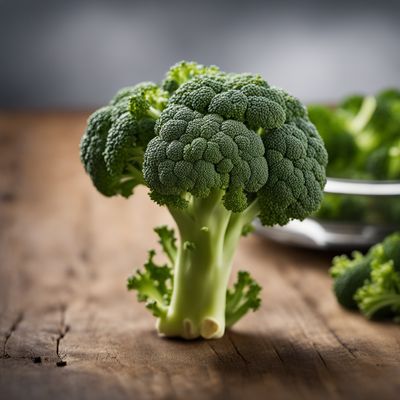
Broccoli sprouts
The Mighty Microgreens

Wheatgrass
The Green Elixir

Alfalfa sprouts
The Mighty Microgreens

Other species used for the production of sprouts or shoots
Sprouting Delights

Sunflower shoots and sprouts
Sunflower Shoots: A Burst of Freshness

Soyabeans sprouts
The Nutritional Powerhouse: Soybean Sprouts

Cresses
The Peppery Greens

Chinese chives sprouts
The Delicate Shoots of Chinese Chives

Roman rocket sprouts
The Peppery Delight of Ancient Rome

Peas shoots and sprouts
The Green Delicacy
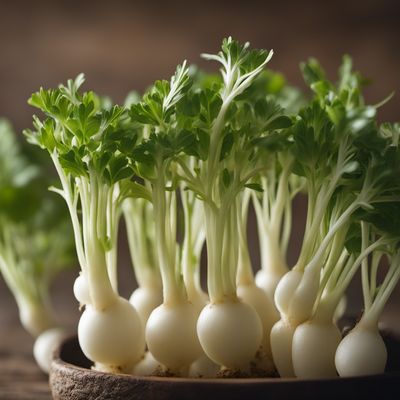
Daikon sprouts
The Delicate Daikon Sprouts

Ginger shoots
The Zesty Sprouts
Recipes using Mung bean sprouts » Browse all

Indonesian Chinese Style Hokkien Mee
Savory Noodles with a Spicy Indonesian Twist

Gabonese-style Yen Ta Fo Noodle Soup
Savory and Spicy Gabonese Noodle Delight
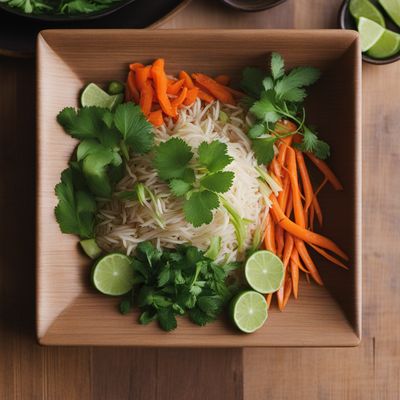
Hmong-Inspired Takoraisu
Savory Fusion: Hmong-Inspired Takoraisu

Beninese-style Vegetable Stew
Savory Vegetable Delight: A Taste of Benin

Vietnamese Salmon Hotpot
Savor the Delights of Vietnamese Salmon Hotpot

Vietnamese Lemongrass Beef Noodle Bowl
Zesty Lemongrass Infused Beef Noodle Delight
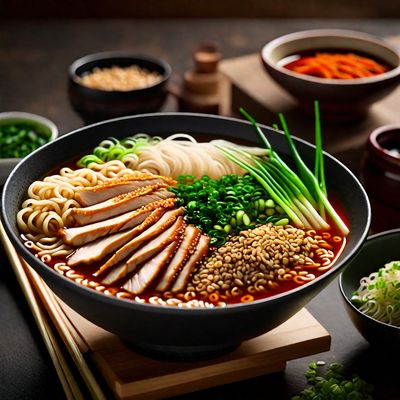
Korean-Style Ramen
Kimchi Ramen: A Spicy Twist on a Japanese Classic

Palauan Cawl
Tropical Cawl Delight

Soto Lamongan with Fragrant Spices and Tender Chicken
Indonesian Delight: Fragrant Soto Lamongan with Tender Chicken

Jiangsu-style Crispy Chaat
Crispy Delights: Jiangsu-style Papri Chaat
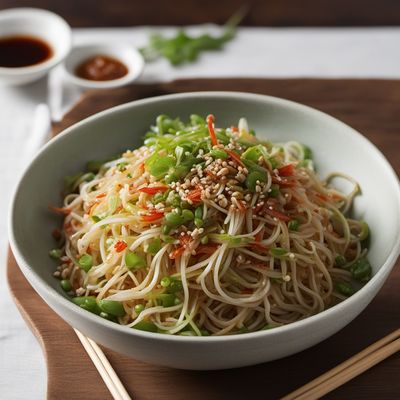
Sukjunamul (Korean Mung Bean Sprout Salad)
Crunchy Delight: Korean Mung Bean Sprout Salad

Jamaican Gungo Peas Soup
Caribbean Delight: Jamaican Gungo Peas Soup